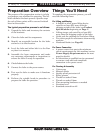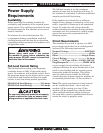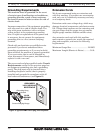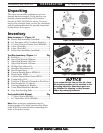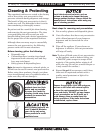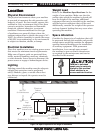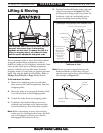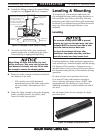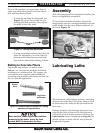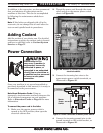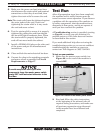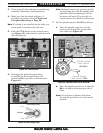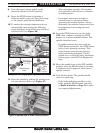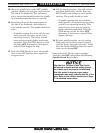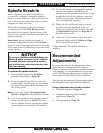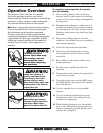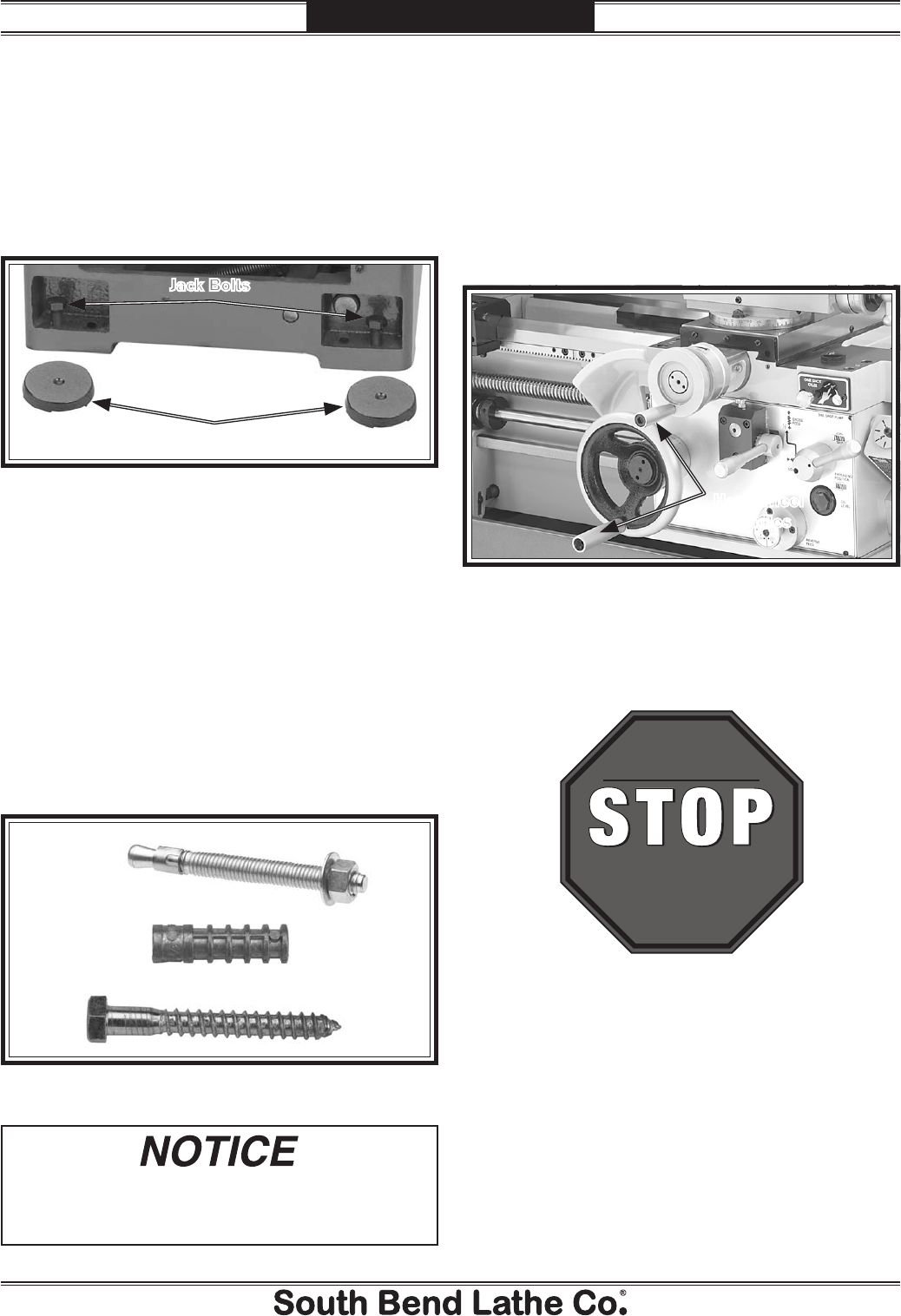
-24-
For Machines Mfg. Since 5/11
13" Heavy 13
®
Gearhead Lathe
PREPARATION
Assembly
With the exception of the handwheel handles, the
lathe is shipped fully assembled.
To install the handwheel handles, thread the
large handle into the carriage handwheel and the
small handle into the cross slide handwheel, as
shown in Figure 19.
To level the machine, use a precision level to
make sure the bedways are level from side-to-
side and from front-to-back.
— If using the included leveling pads (see
Figure 17), place them under the six
leveling jack bolt locations, then adjust
the bolts to level the lathe.
— If using mounting hardware that does not
allow for adjustment, level the lathe by
placing metal shims between the lathe
base and the floor before bolting it down.
Lubricating Lathe
GEARBOXES MUST
BE FILLED WITH OIL!
OIL MAY NOT BE
SHIPPED WITH MACHINE!
Refer to Lubrication Section
for Correct Oil Type.
Bolting to Concrete Floors
The headstock, quick-change gearbox, and apron
oil reservoirs must have the proper amount of oil
in them before the lathe can be operated for the
first time.
Damage caused to the bearings and gears from
running the lathe without oil in the reservoirs
will not be covered under warranty. Refer to the
Lubrication section, beginning on Page 66, for
details on how to check, add oil, and prime the
headstock oil pump.
Figure 18. Common types of fasteners for bolting
machinery to concrete floors.
Anchor
Stud
Lag Screw
and Anchor
Lag screws and anchors, or anchor studs
(below), are two popular methods for bolting
machinery to a concrete floor. We suggest you
research the many options and methods for
mounting your machine and choose the best one
for your specific application.
Most electrical codes require that machines
connected to the power source by fixed
conduit MUST be secured to the floor.
Figure 17. Leveling pads and screws.
Pads
Jack Bolts
Figure 19. Handwheel handles installed.
Handwheel
Handles



